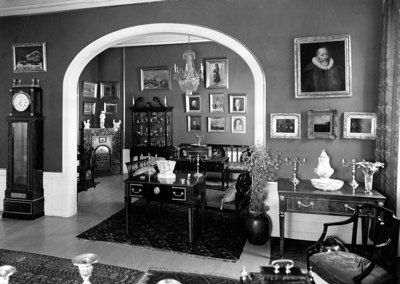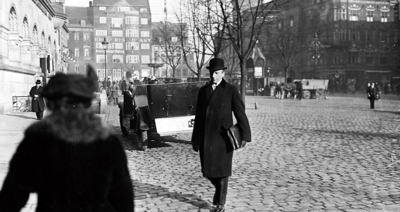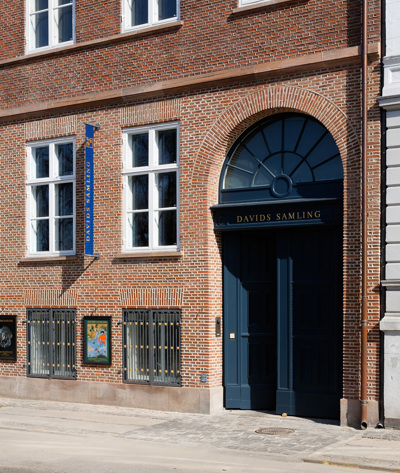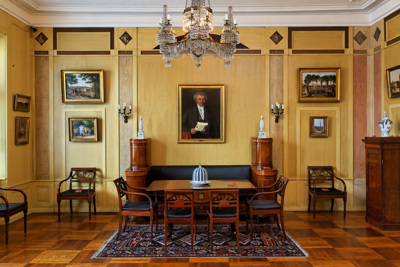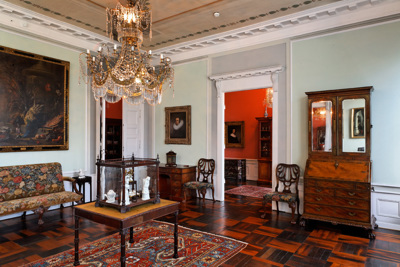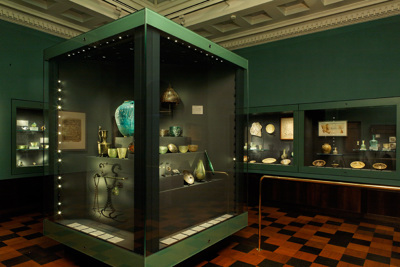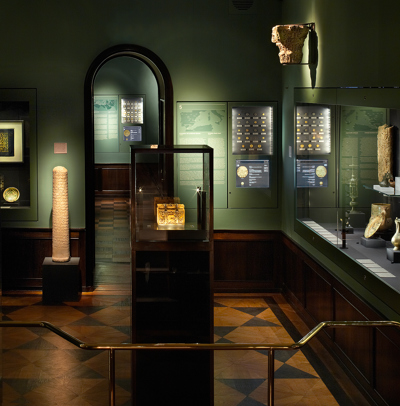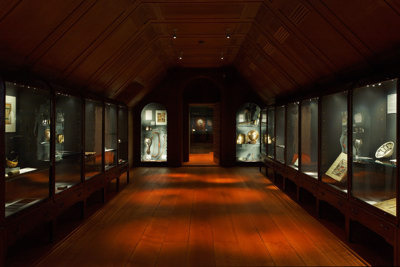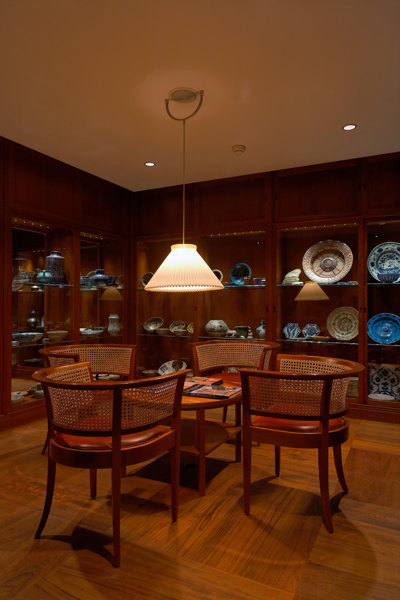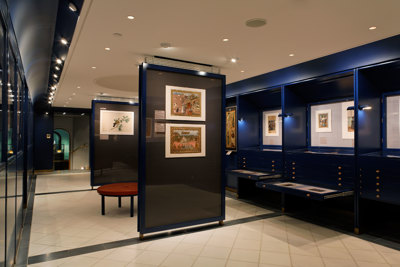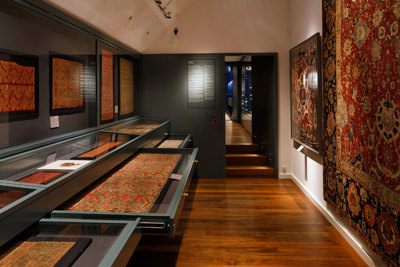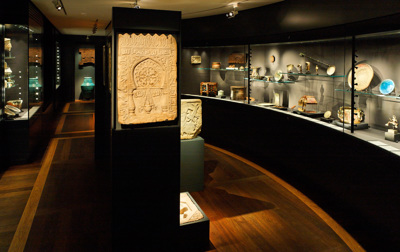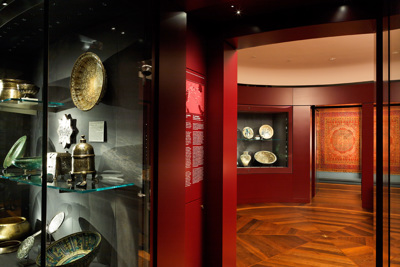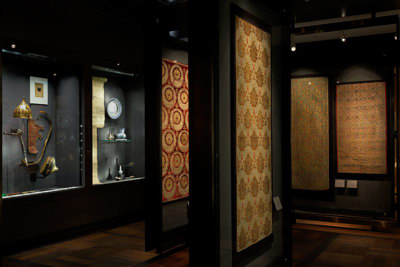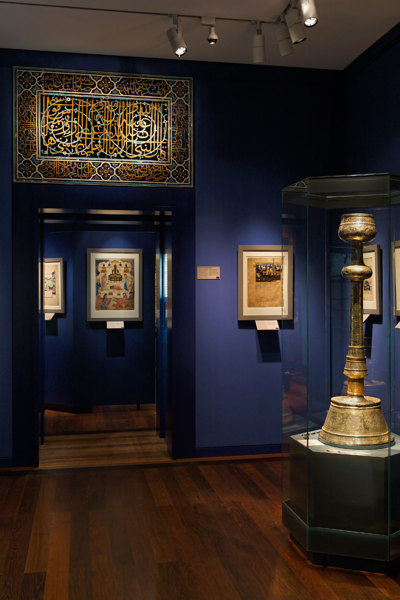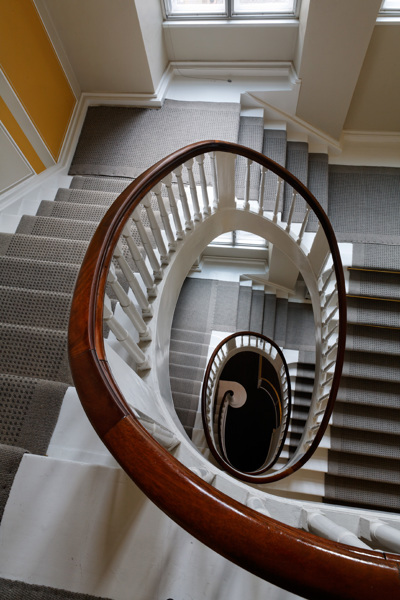Museets stifter, Christian Ludvig David, blev født den 30. juli 1878. Hans forældre Magdalene Juliane Hagen (1840-1901) og jernbaneingeniør Johannes Hage Christian David (1837-1890) døde relativt tidligt, men de efterlod ikke den unge Christian David og hans to yngre søstre ubemidlede. Fra den fædrene side arvede de tre søskende en betydelig formue, der stammede fra oldefaderen, grosserer Joseph Nathan David (1758-1830), og bedstefaderen, nationaløkonom Christian Georg Nathan David (1793-1874). Den sidstnævnte havde brudt med familiens jødiske baggrund og var konverteret til kristendommen. Han havde været medlem af Den Grundlovgivende Rigsforsamling og efterfølgende beklædt høje embeder inden for statsapparatet, bl.a. som finansminister i 1864-1865.
C.L. David bestod den juridiske embedseksamen i 1903 ved Københavns Universitet. Han slog ind på løbebanen som praktiserende sagfører og blev allerede som 33-årig udnævnt til højesteretssagfører. Som procederende sagfører blev David især kendt for sit forsvar af bankdirektør Emil Glückstadt (1875-1923), der stod anklaget for at være hovedansvarlig for datidens største danske finansskandale, krakket af Landmandsbanken i 1922.
En anden, langt mere indbringende side af Davids professionelle virke var imidlertid hans engagement i erhvervslivet. Han var aktiv i bestyrelserne for adskillige af periodens førende danske virksomheder som Schous Fabrikker, Vølund og Århus Oliemølle og fungerede ligeledes som deres juridiske sagkyndige. Ud over indtægterne herfra forøgedes Davids formue også i kraft af de aktier, han besad i disse succesfulde virksomheder. Særlig vigtig i den henseende var aktieposten i De Forenede Vagtselskaber, hvori David var bestyrelsesformand. Igennem opkøb af vægterselskaber i Norge og Sverige samt tilknytning af rengøringsselskaber udviklede virksomheden sig i mellemkrigsperioden til en stor, multinational gruppe, der senere samledes under navnet ISS.
David giftede sig aldrig, og da han i 1960 døde barnløs, efterlod han sig en større formue og en kunstsamling i ejendommen Kronprinsessegade 30. Landstedet Marienborg ved Bagsværd sø, som David havde købt i 1934, testamenterede han til den danske stat som sommerbolig for landets til enhver tid siddende stats- eller udenrigsminister.
